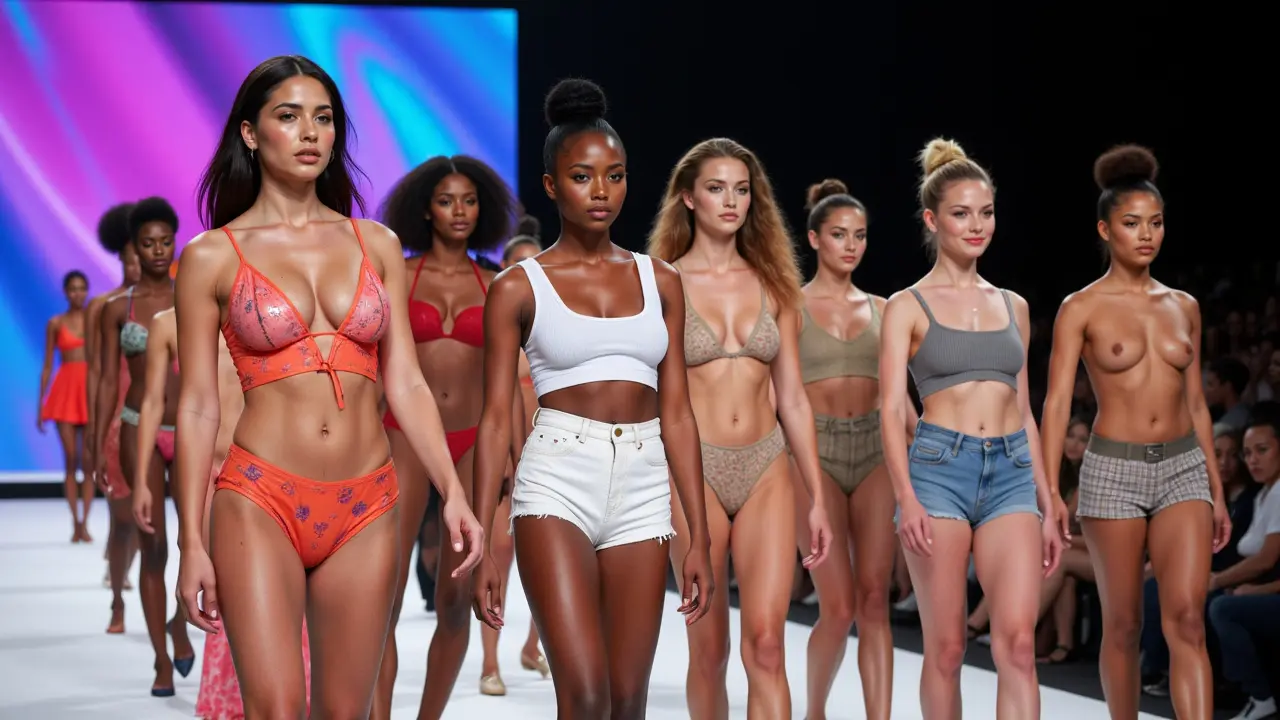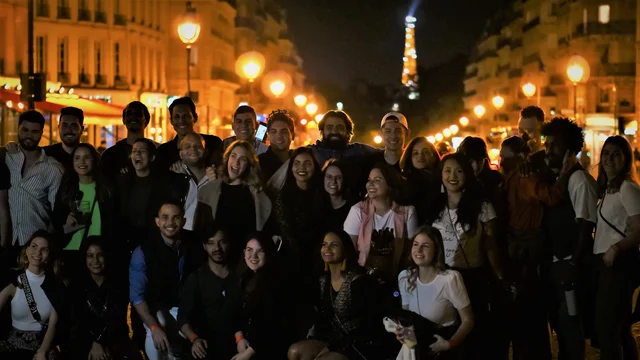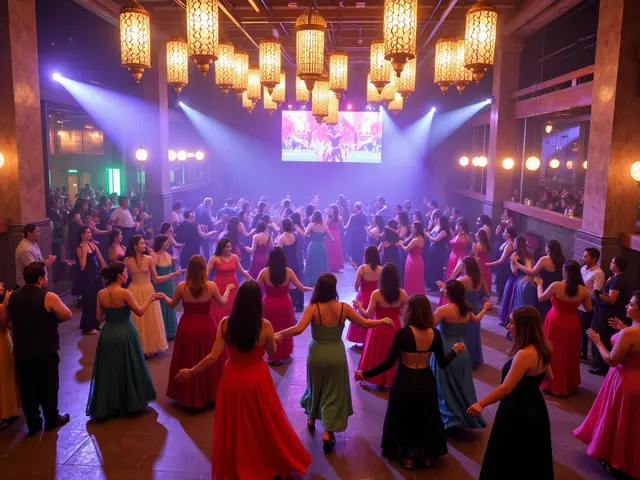Ever seen a model on a billboard and thought, “Wait, this person doesn’t look like the classic definition of pretty?” You’re not alone. The idea that only gorgeous people walk the runway or pose for top brands is way out of date. The face of modeling has changed so much—even the giants of the industry are calling out the old rules. We’re talking about a space where individuality trumps symmetry, and being memorable counts more than fitting a traditional mold. Ready to see how the game is played now? Let’s get right into it.
Why Beauty Isn’t What It Used to Be in Modeling
Ask anyone what they think a model looks like, and most will give some version of tall, flawless skin, perfect teeth, and features that would make Michelangelo’s sculpture jealous. But not so long ago, someone like Kate Moss was considered "too short" and "not pretty enough" for the runway—and look what happened. She redefined cool-girl beauty in the '90s. In fact, the list of so-called unconventional models is only getting longer and more diverse.
So, what’s driving this shift? For one, the fashion and advertising world has started listening to what people actually want to see. Back in the day, you’d hardly see freckles, gaps in teeth, or plus-size bodies on campaigns for major fashion brands. Now, they’re celebrated—sometimes even sought after, because audiences crave something unique and real. Case in point, Adwoa Aboah: she openly talks about battling depression and doesn’t tick the classic boxes, but just landed a giant global beauty campaign and appeared on the cover of Vogue.
Look at the numbers: the global modeling market in 2023 was valued at over $16 billion, and the demand for authentic representation keeps climbing year over year. There’s Marketing 101 at play—brands know that “real people” help products feel more relatable. If you’ve got an interesting story, gap teeth, a strong personality, or a quirky nose, you might have something top brands desperately want. This new inclusivity means not just being “not pretty,” but being “not boring.”
The industry’s old obsession with stereotypical prettiness took a big hit in the last decade. Remember when Winnie Harlow broke into fame on America’s Next Top Model? She has vitiligo, a skin condition once considered an obstacle, and now she’s one of the world’s most recognized faces. Aaron Philip, a Black, transgender, disabled model in a wheelchair, walked for Moschino in 2020. Every fashion week now features models of all ages, sizes, and backgrounds—because they bring something brands can’t fake: authenticity and intrigue.
Let’s not sugarcoat it, though. Pretty privilege still exists, but it’s got tough competition. “Pretty” has widened its definition. Models like Slick Woods (with her shaved head and gap-tooth grin) or Shaun Ross (the first male albino professional model) prove that the quirks you thought would hold you back might just land you on the cover of a magazine. According to an industry survey by Models.com, over 65% of agencies now scout for “unique presence” rather than “pretty.” It’s not about being magazine-pretty; it’s about being unforgettable.
The impact is everywhere: Urban Outfitters, ASOS, and Glossier aggressively seek models who look like their diverse customer base. From campaigns for grandma-friendly skincare to urban streetwear, authenticity wins clicks and converts. Social media also broke down barriers. TikTok and Instagram have given rise to breakout stars like Wisdom Kaye, who became famous for outlandish, experimental style before he even worked with high-fashion brands.
If you’re worried about not being pretty enough, remember: quirk is currency now. Your look sets you apart from thousands of faces aiming to fit one standard. If anything, too much conventional beauty can blend you into the crowd. Want a tip? If people have always told you, “You have a really interesting look,” don’t brush it off—run with it. Agencies are literally hunting for the faces most people won’t forget.
Here’s an industry secret (and it’s the opposite of what you’d expect): many casting directors will scroll right past the cookie-cutter pretty faces. What grabs their attention? Imperfect teeth. Scars. Gaps. Natural hair. Aging. Even visible disabilities. Don’t believe it? Check the latest shows by Chromat or Savage x Fenty—they’re leading the trend of casting for personality, not perfection.
The bottom line: You don’t have to be “pretty” to be a model these days. Your uniqueness is your ticket in.
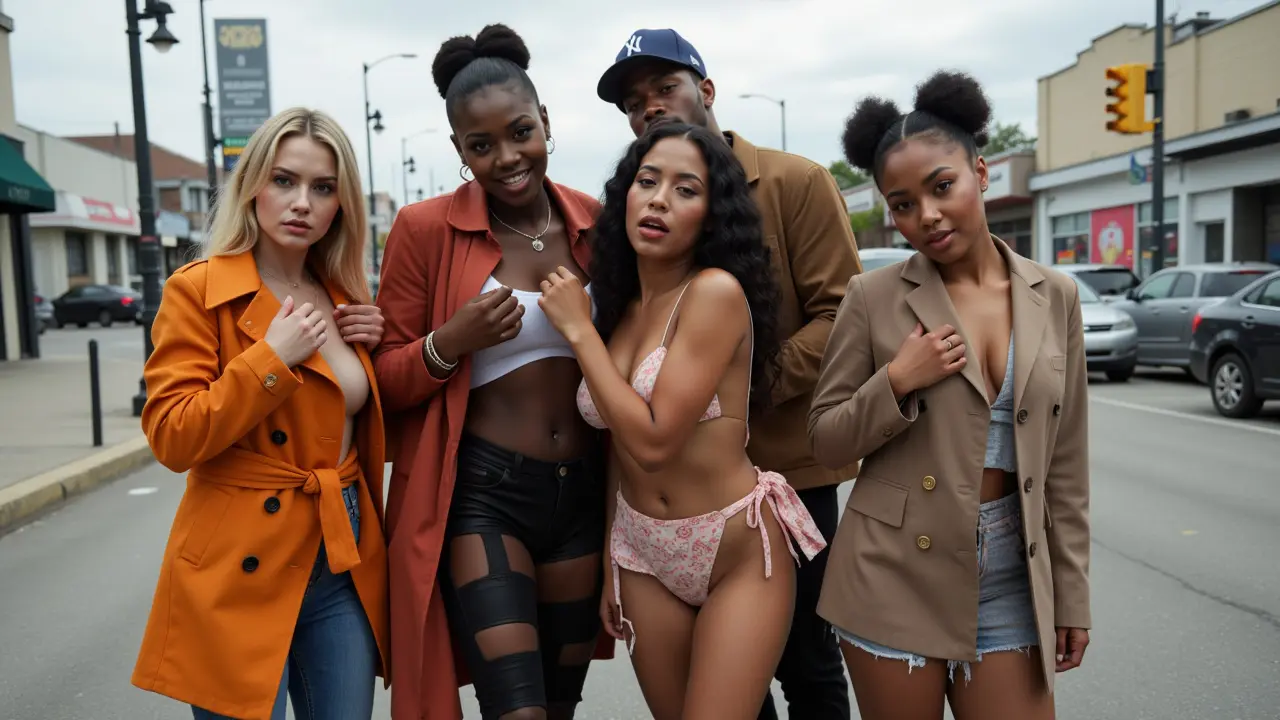
What Actually Matters If You Want to Be a Model
Let’s be real: modeling is about selling a story, an idea, or an attitude, not just a look. The stuff magazines and fashion houses care about has changed, shifting from one narrow idea of beauty to a whole menu of options. There’s no denying it—having the right vibe for a specific brand matters now more than your cheekbones. Here’s what gets people hired in modeling today:
- Confidence: Confidence is like a magnet. You might not stand out because of a perfect face, but if you walk in like you belong, people pay attention.
- Presence: This is that "it factor"—sometimes it’s hard to describe, but when you walk into a room, heads turn. Models like Ashley Graham have this in spades.
- Versatility: Brands love a model who can rock a punk photo shoot, then slip into a classy evening gown. Unique features can be edited or accentuated, but a flexible attitude is everything.
- Expression: If you’re a pro at showing real emotion (and not looking frozen in every shot), you’ll book gigs. Modeling isn’t about being a mannequin. Think about the viral smiling “ugly-cute” models you see everywhere—it’s not about classic beauty, it’s about attitude.
- Storytelling: More agencies want models who engage with their audiences. That’s why people like Paloma Elsesser, who speaks up about plus-size inclusion, get so much press and work. A model with a point of view makes their campaigns stand out.
- Professionalism: Showing up prepared, on time, and ready to follow direction never goes out of style. The “diva” era is mostly gone. Brands want team players.
Want proof? The annual Diversity in Modeling Report showed that in 2024, over half the models at major fashion weeks didn’t fit the classic white, size-0, youthful, airbrushed stereotype. Even the high-fashion crowd is recruiting models with silver hair for luxury skin-care lines—finally recognizing that older consumers like seeing themselves represented.
Social media influence is another huge plus. If you’ve built a community, even a small one, you’re seen as more than a face—you have a following, and brands crave that built-in connection. Someone with an unusual look who shares their journey on Instagram or TikTok might get scouted faster than a cover model with no personality online. Gigi Hadid and Kendall Jenner may have started with traditional good looks, but their personalities and stories have built them an empire. And the up-and-coming stars? They’re rewriting the rules by sharing struggles, laughs, and daily lives—letting fans in on the behind-the-scenes, not just the airbrush moments.
For people with visible disabilities, alternative body types, or facial differences, there are spaces exploding with opportunity—like adaptive fashion brands and agencies specifically recruiting for differently-abled talent. Zebedee Management, for instance, almost tripled its bookings from 2022 to 2024 after focusing on inclusivity. Suddenly, unique means profitable.
Want to kickstart your modeling career without the “pretty” pressure? Here are some tips:
- Take natural, clear photos—think daylight selfies, not heavy edits or filters.
- Show your quirks. That birthmark, scar, or wild hair is an asset, not a problem.
- Research agencies with a track record for non-traditional talent. Many have “diversity” or “alternative” rosters.
- Share your story—what makes you, you? Brands and agencies are searching for authenticity on social media.
- Don’t give up because a few doors say no. Runways are wider and audiences are larger than ever before.
And don’t forget: the industry is always evolving. The “next big thing” might be the last thing you expect. Stay authentic, stay visible, and you’ll find your place in front of the camera.
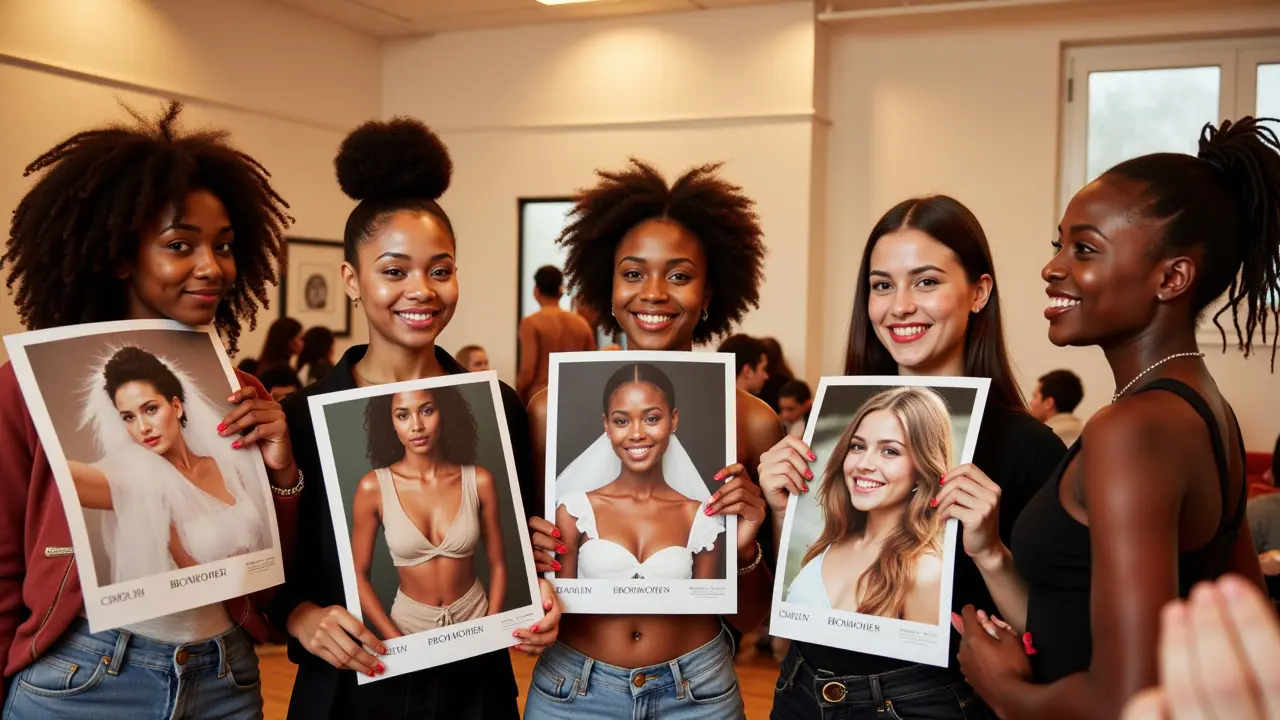
The Real Numbers: How Today’s Modeling World Looks and Where You Fit
Still wondering if “not being pretty enough” is a barrier? Here’s how the numbers shake out in 2025:
| Year | Percent of Models With Non-Traditional Looks | Brands With Inclusive Casting | Social Media Scouting Success Rate |
|---|---|---|---|
| 2010 | 8% | 19% | 3% |
| 2015 | 17% | 27% | 9% |
| 2020 | 38% | 46% | 17% |
| 2024 | 54% | 68% | 31% |
If those numbers look wild, it’s because they are. Brands have realized that cookie-cutter beauty doesn’t sell as well anymore. In 2024 alone, more than half of the models used in international campaigns would never have been signed a decade ago. A big reason? Shoppers and viewers engage more with ads they can relate to. This isn’t just happening in high fashion. Major drugstores, tech companies, sports brands—everyone is jumping on the “individual beauty” train.
And get this: social media isn’t just a way to share your face; it's fast becoming the most powerful scouting tool. In the last two years, the odds of being scouted online have nearly doubled. It’s not about being conventionally pretty; it’s about being magnetic and memorable, and having a strong personal brand.
Here’s how you can stand out without leaning on prettiness:
- Develop your own style—experiment with looks, find what makes you feel fierce, then show it off.
- Share your interests. Models who are athletes, artists, or activists are massively in demand because they bring more to the table than just a face.
- Be visible in the right places—tag agencies, participate in model search contests, and support other non-traditional models online.
- Use hashtags like #UnexpectedBeauty, #AlternativeModel, or #InclusionMatters to share your journey.
- Email local photographers and offer to collaborate; build a portfolio reflecting your true self.
If you’re thinking about pay or long-term prospects, the market has opened up: the average yearly pay for a working model in the US has increased by 20% since 2020—especially for models who represent underrepresented groups. Some of the new stars are earning more from partnerships, speaking gigs, and collaborations than classic catwalk work.
Let’s tuck in a few more facts:
- The oldest active runway model in Paris Fashion Week 2025 was 78.
- Almost a third of models signed to top U.S. agencies this year are size 12 or above.
- Nearly 40% of major global campaigns included at least one visibly disabled model in 2024.
- According to a 2024 study, campaigns featuring non-traditional models led to a 15% increase in brand engagement versus those with classic beauty standards.
So, can you be a model without being pretty? Not only can you—you might be exactly what the industry’s looking for. The next wave is bold, diverse, and real, hungry for authenticity and full of faces that tell a story. Your story might just be the one that changes the definition of beauty for good. Want to give it a shot? Start sharing your true self with the world—because you never know who’s watching.

